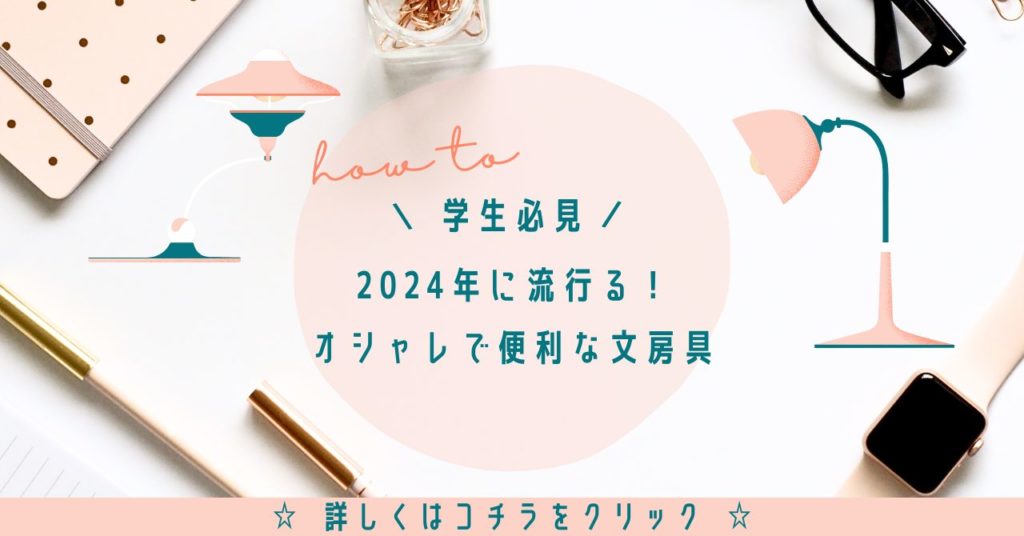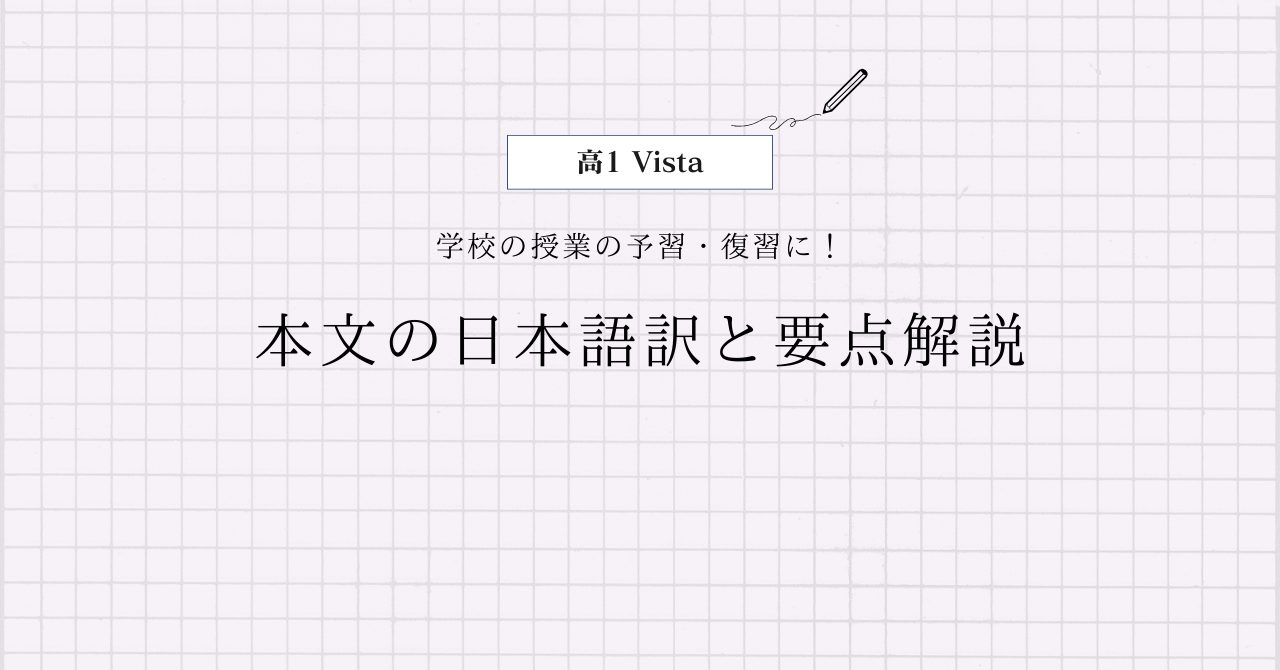三省堂 高1VISTA English CommunicationⅠ Lesson10 Section2の本文の日本語訳と重要箇所の解説です。
Section10-1, 10-3の解説はこちらからご覧ください。
>高1VISTA English CommunicationⅠ Lesson10 Section1 本文和訳
>高1VISTA English CommunicationⅠ Lesson10 Section3 本文和訳
- VISTA English CommunicationⅠ Lesson10 Section2 本文と日本語訳
- VISTA English CommunicationⅠ Lesson10 Section2 重要事項の解説
- Fashion is changing.
- Big companies produce more clothes more quickly with less money.
- This has the greatest impact on the environment and people.
- But if clothes are cheaper, it’s better.
- No, it’s not. That’s the most difficult problem.
- Take T-shirts made from cotton.
- In some countries, a lot of chemicals are used in cotton fields and many children have to work there.
- VISTA English CommunicationⅠ Lesson10 Section2 まとめ
VISTA English CommunicationⅠ Lesson10 Section2 本文と日本語訳
Ms. Sato: Fashion is changing.
「ファッションは変化しています。」
Big companies produce more clothes more quickly with less money.
「大きな会社はより少ないお金で、より多くの服をより速く生産しています。」
This has the greatest impact on the environment and people.
「このことは環境と人々に最大の影響を及ぼしています。」
Moe: But if clothes are cheaper, it’s better.
「でももし服がより安くなるなら、それは良いことですよね。」
Ms. sato: No, it’s not. That’s the most difficult problem.
「いいえ。それが最も難しい問題なのです。」
Take T-shirts made from cotton.
「綿で作られたTシャツを手に取ってみてください。」
In some countries, a lot of chemicals are used in cotton fields and many children have to work there.
「一部の国では、たくさんの化学薬品が綿畑で使われていて、たくさんの子どもたちがそこで働かなければいけないのです。」

VISTA English CommunicationⅠ Lesson10 Section2 重要事項の解説
Fashion is changing.
“change”は「変化する、を変える」という動詞で、ここでは「現在進行形」になっていますね。
Big companies produce more clothes more quickly with less money.
“company”は「会社」、“clothes”は「服」という名詞ですね。“clothes”で1単語で、常に複数形扱いとなります。
“produce”は「を生産する、生み出す」という動詞で、1つ目の“more”は“many”の「比較級」ですね。
“quickly”は「すぐに、速く」という副詞で、ここも「比較級」になっています。
“with less money”は「より少ないお金で」という意味です。“less”は“little”の「比較級」です。
This has the greatest impact on the environment and people.
“greatest”は「最上級」ですね。
“impact”は「影響、衝撃」という名詞で、“have impact on~”で「~に影響を与える、及ぼす」となります。
“environment”は「環境」という名詞ですね。
But if clothes are cheaper, it’s better.
ここでは「接続詞if」が使われていますね。
“cheap”は「安い」という形容詞で、ここでは「比較級」になっていますね。
“better”は“good”の「比較級」で、“it”は「服がより安くなること」を指しています。
No, it’s not. That’s the most difficult problem.
“That”は「服がより安くなること」を指しています。
“difficult”は「難しい」という形容詞で、ここでは「最上級」になっていますね。
“problem”は「問題」という名詞です。
Take T-shirts made from cotton.
この文の“take”は「を手に取る」という動詞で、「命令文」になっています。
また、“made”は「過去分詞」になっていて、“made from cotton”が直前の“T-shirts”を修飾しています。
“be made from~”は「(原料)から作られる」という重要な「受動態」表現で、“cotton”は「綿」という名詞です。
ちなみに“be made of~”は「(材料)から作られる」という意味で、材料は一目で何から作られているかわかるものです。
例えば木製のイスだとしたら、一目で木で作られているとわかるので材料、ワインだとしたらブドウの形は残っておらず、一目で何から作られているかはわからないので原料となります。
In some countries, a lot of chemicals are used in cotton fields and many children have to work there.
“some”は「いくつかの、一部の」といった形容詞です。
“chemical”は「化学薬品」、“cotton field”は「綿畑」という名詞ですね。
“are used”は「受動態」になっていて、“have to 動詞の原形”は「~しなければならない」です。
“there”は「そこで」という副詞で、ここでは“cotton fields”を指していますね。
VISTA English CommunicationⅠ Lesson10 Section2 まとめ
以上がVISTA English CommunicationⅠ Lesson10 Section2の日本語訳となります。
「比較」「受動態」などの使い方をしっかり確認しておきましょう!
>高1VISTA English CommunicationⅠ Lesson10 Section1 本文和訳
>高1VISTA English CommunicationⅠ Lesson10 Section3 本文和訳
何か分からない点や他に解説してほしい点があれば,お気軽にコメントしてください!



コメント